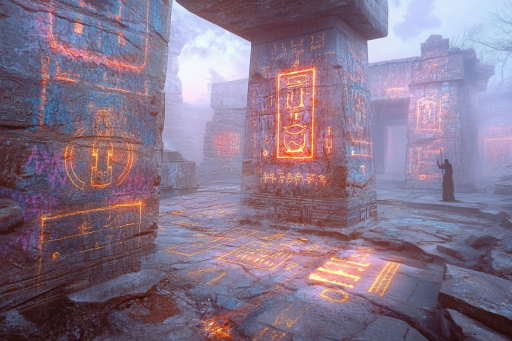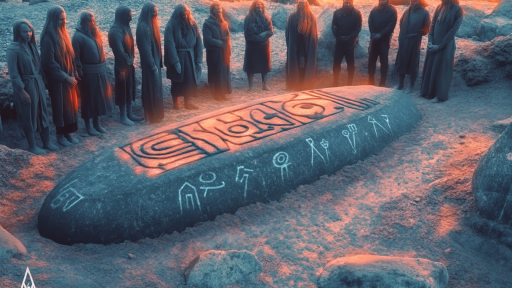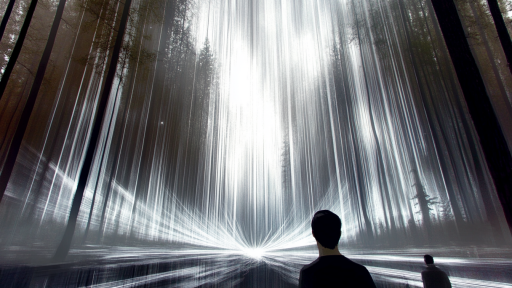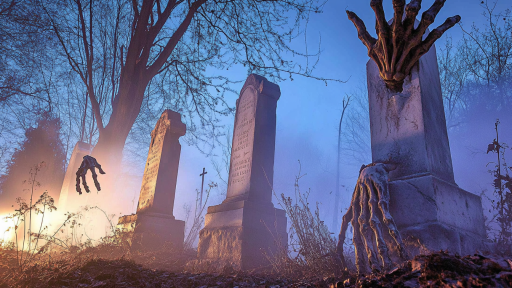
Across the globe, ancient ruins whisper forgotten tales through the cryptic symbols etched into their walls, stones, and monuments. These markings—some elegant, others ominous—remain unsolved, suggesting lost languages, sacred knowledge, or messages not meant for modern eyes. Who carved them, and what truths were they trying to preserve or conceal? The deeper we look, the more these secret symbols challenge our understanding of ancient civilizations.
The Spiral Stone of Newgrange
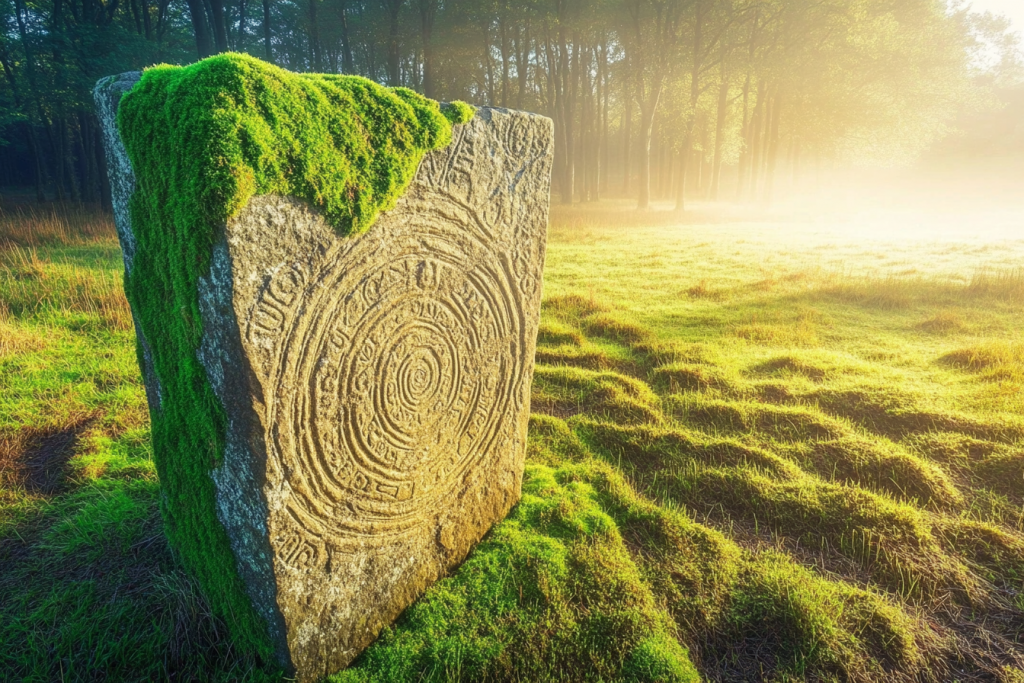
At the entrance of Ireland’s Newgrange tomb, a massive stone bears intricate spiral carvings that predate the pyramids. Some believe the spirals represent the cycle of life, death, and rebirth, or possibly an ancient calendar. The true purpose remains unknown, but the precision of the symbols suggests they held deep cosmological significance to the builders. These glyphs seem to invite interpretation, yet always withhold final answers.
The Bird-Man Glyph of Easter Island

On the rugged cliffs of Rapa Nui, a strange humanoid figure with bird-like features is repeatedly carved into rock. This “Bird-Man” symbol is linked to an ancient cult and a forgotten competition that once governed the island. Despite its prominence, historians can’t fully decode its purpose—whether it was religious, political, or something more arcane. It stands as a lingering riddle from a culture lost to time.
The Snake Mound Patterns of Ohio

The massive Serpent Mound in Ohio winds through the landscape in an unmistakable snake form—but beneath it, hidden in the earth, are subtle geometric patterns and shapes. Some archaeologists believe these formations align with celestial events, while others suggest secret knowledge of earth energies. The serpent itself may represent transformation, but the embedded symbols hint at something much deeper—possibly a lost system of knowledge encoded in the land.
The Hidden Eyes of Göbekli Tepe

Turkey’s Göbekli Tepe is covered in mysterious animal carvings, but among them are subtle eye symbols, hidden in unlikely places. These “watching eyes” appear on pillars and animals alike, suggesting a pervasive presence or belief in constant observation. The site predates written language, yet the eyes suggest a complex belief system centered on awareness and protection—or perhaps control. Whatever they mean, they were meant to be seen and felt.
The Crosses of Chavín de Huántar

In the Andes of Peru lies Chavín de Huántar, where strange cross-like symbols are carved into ancient temple walls. These are not Christian crosses, but older, geometrically perfect shapes whose meanings remain obscure. Some believe they represent portals, or intersections of spiritual worlds. Their placement suggests they were meant to be experienced during psychedelic rituals, opening gateways to the divine—or the unknown.
The Swirling Glyphs of the Hypogeum
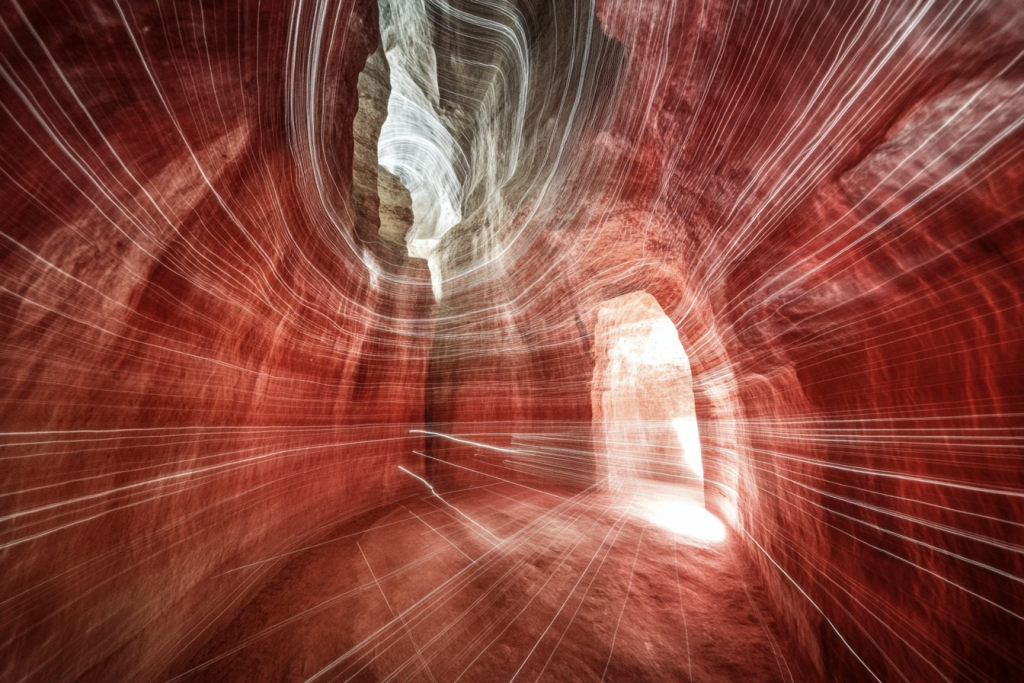
The Hal Saflieni Hypogeum in Malta holds enigmatic spiral and wave-like glyphs carved deep underground. They seem decorative at first, but align with acoustics that create resonance in specific chambers. These symbols may have guided ancient rituals, using sound as a tool to alter consciousness. To this day, no one fully understands the interplay between these symbols, sound, and spirituality.
The Alien-Like Faces of Tassili n’Ajjer
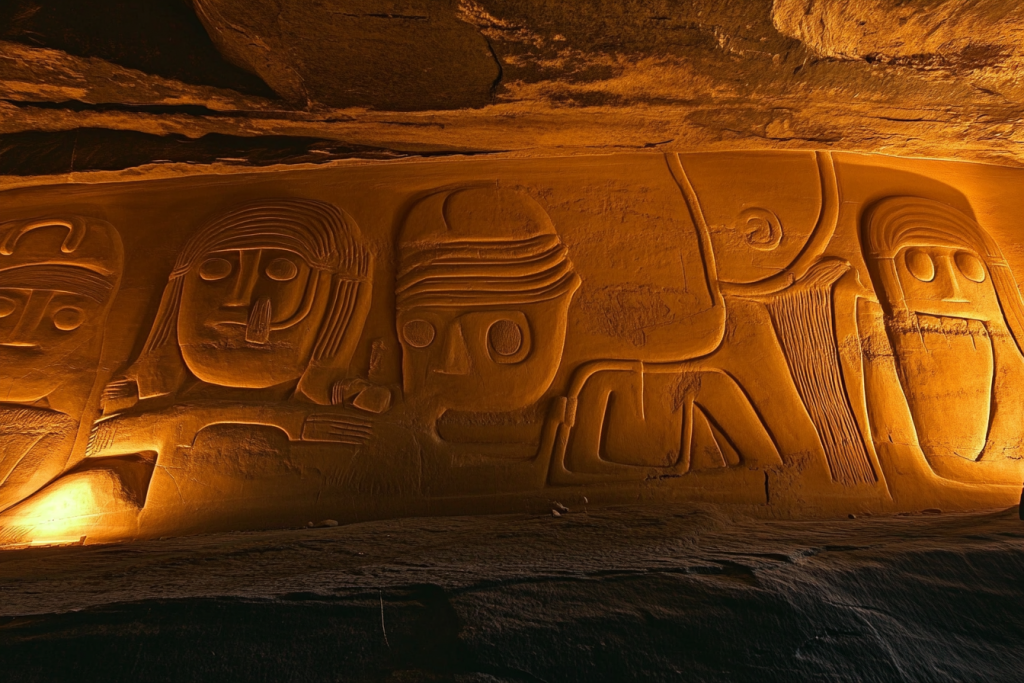
Hidden in the Sahara’s rock walls, ancient petroglyphs in Algeria’s Tassili n’Ajjer depict beings with bulbous heads and strange suits. These haunting symbols don’t resemble local wildlife or human forms, sparking speculation about gods, altered states—or otherworldly contact. The creators left no written record, only these eerie watchers. Whether symbolic or literal, they remain one of history’s most uncanny mysteries.
The Serpent Staff of Uxmal

In the Mayan ruins of Uxmal, a serpent-shaped staff appears in murals and carvings, held by rulers and gods alike. The symbol may represent wisdom, transformation, or divine power—but its true origin is unclear. Some researchers think it may refer to knowledge passed through generations, encrypted in metaphor. The staff, coiled and deliberate, suggests leadership that transcended the physical world.
The Hidden Glyphs Beneath Angkor Wat

During a restoration of Cambodia’s Angkor Wat, archaeologists uncovered strange symbols beneath layers of ancient plaster. These symbols—swirls, dots, and geometrical designs—don’t appear in traditional Khmer art. Their sudden appearance and placement near sacred chambers suggest a secret code, hidden from public view. Whether they were warnings, prayers, or magical wards remains unsolved.
The Geometric Code of Puma Punku
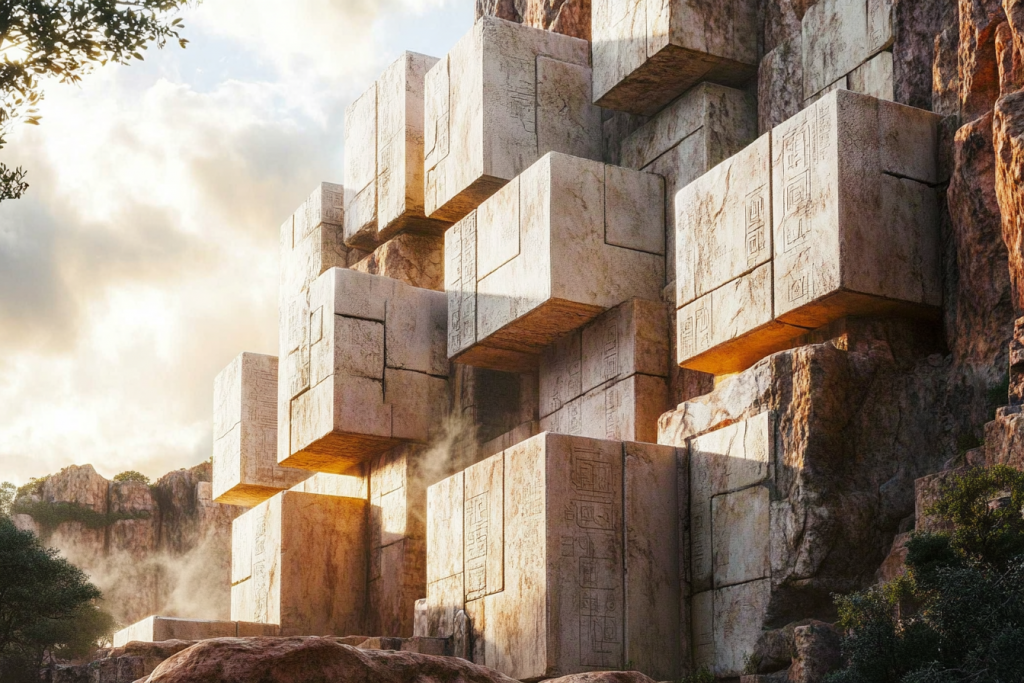
In Bolivia, the ancient site of Puma Punku features stone blocks with impossibly precise angles, interlocking shapes, and carved grooves. But among these are repeated geometric symbols—lines, dots, and stepped patterns—that don’t seem structural. Some believe they represent a lost mathematical language, possibly used in sacred engineering. The builders’ secrets remain locked in stone, refusing to be cracked by modern minds.
The Enigmatic Markings of the Ajanta Caves

Inside India’s Ajanta Caves, beyond the famous paintings, lie faint, nearly invisible symbols etched into the stone—stars, wheels, and abstract forms. These markings seem unrelated to the main religious narratives and may predate the existing artwork. Some scholars believe they hint at earlier belief systems or were meant to amplify meditative states. Faint but deliberate, they are whispers from a civilization layering its secrets in shadows.
The Sunstone Serpent of Teotihuacan

Carved into stone near Teotihuacan’s Pyramid of the Sun is a symbol that blends serpents with solar imagery. It may have represented a solar deity, or a fusion of life and destruction. But its hybrid form is rare—suggesting a forgotten mythology or a merging of spiritual traditions. It remains an outlier, a symbol too unique to categorize.
The Labyrinth of Knossos Engraving

On a stone wall in Crete’s Knossos ruins lies a faint symbol resembling a complex labyrinth. While the legend of the Minotaur dominates local myth, this carving is older and more cryptic. Was it a map, a spiritual journey, or something else entirely? Its existence suggests the labyrinth was more than just a tale—it was a deeply encoded symbol.
The Star Cluster at Chaco Canyon

In New Mexico’s Chaco Canyon, ancient builders arranged stones in patterns resembling star constellations. Among them is a carved symbol matching the Pleiades, appearing in both rock art and building alignment. It may have served a ritual or calendar function—but also hints at a cultural obsession with the stars. The fact that this symbol appears globally adds another layer of intrigue.
The Bone Spiral of Skara Brae

In the Orkney Islands, archaeologists discovered a curious spiral made of bones within the Neolithic settlement of Skara Brae. Carefully arranged and hidden beneath a hearth, the spiral doesn’t match any known burial or ritual pattern. It could signify rebirth, protection, or something more ominous. Its secrecy suggests it wasn’t meant for public eyes, but for those entrusted with its meaning.
What the Stones Are Still Trying to Say

The symbols left behind in ancient ruins are more than just decoration—they’re messages carved in time, waiting to be read. Whether coded warnings, forgotten religions, or maps to lost knowledge, these markings defy easy explanation. Their very presence forces us to question how much we truly know about our past. Perhaps one day we’ll crack their codes—or perhaps they were never meant to be understood by us at all.

